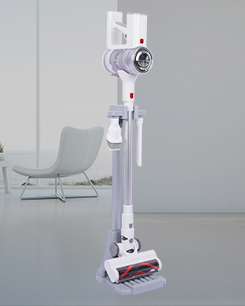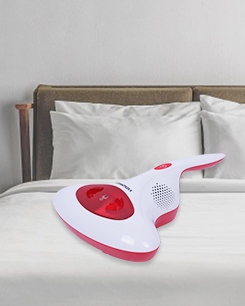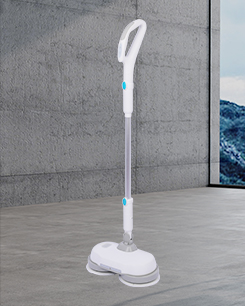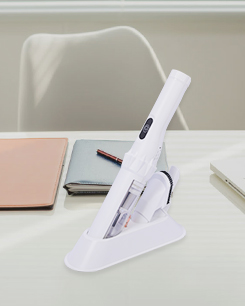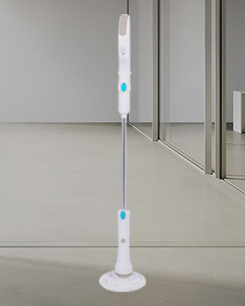Filtration systems in stick vacuum cleaners play a crucial role in trapping and retaining dust, dirt, allergens, and other particles, preventing them from being released back into the air during vacuuming. These systems consist of various components and technologies designed to filter out particles of different sizes. Here's an overview of how filtration systems in stick vacuum cleaners work:
Pre-filter or Cyclone Action: Many stick vacuum cleaners use a pre-filter or cyclonic action to initially separate larger particles from the airflow before they reach the primary filter. This pre-filtering process helps prevent blockages and extends the life of the primary filter.
Primary Filter: The primary filter is the main filter in the vacuum cleaner's filtration system. It is typically made of various materials, including foam, felt, or paper, and is designed to capture larger particles and fine dust. Some stick vacuums feature washable and reusable primary filters, while others require periodic replacement.


HEPA Filter: High-Efficiency Particulate Air (HEPA) filters are commonly used in stick vacuum cleaners designed to provide superior air filtration. HEPA filters are highly effective at capturing small particles, including allergens, pet dander, pollen, and fine dust. These filters can trap particles as small as 0.3 microns in size, which is crucial for maintaining good indoor air quality. HEPA filters are especially beneficial for allergy sufferers.
Sealed Filtration Systems: Some stick vacuums employ a sealed filtration system, which ensures that all the air passing through the vacuum cleaner is filtered before being expelled. Sealed systems prevent allergens and particles from escaping through gaps or leaks in the filtration system.
Cyclonic Separation: Cyclonic stick vacuums use centrifugal force to separate dust and debris from the air. This process can help keep the filter cleaner for longer and maintain strong suction throughout the cleaning session.
Post-filter or Exhaust Filter: In addition to the primary filter, stick vacuum cleaners often include a post-filter, sometimes called an exhaust filter. This filter is positioned after the motor and before the air is expelled back into the room. It serves as an additional barrier to capture any remaining particles and ensure that the air leaving the vacuum is clean.
Filter Maintenance: Proper maintenance is essential for filtration system effectiveness. Users should regularly clean or replace filters according to the manufacturer's instructions. Neglecting filter maintenance can reduce the vacuum's performance and air quality.
Filter Types: Stick vacuum models may use different types of filters, including foam filters, felt filters, washable filters, or disposable filters. The choice of filter type can affect how often maintenance is required and the vacuum's filtration efficiency.
Allergen Capture: Some stick vacuums are designed with a specific focus on allergen capture. These models often include HEPA or advanced allergen-trapping filters and sealed systems to minimize the release of allergens during cleaning.
Filtration systems in stick vacuum cleaners work by using a combination of pre-filters, primary filters, HEPA filters, cyclonic action, and post-filters to capture and retain particles of varying sizes, ensuring that the air leaving the vacuum is clean and free of allergens and dust. Regular maintenance of these filters is essential to maintain optimal vacuum performance and indoor air quality.

 English
English Español
Español